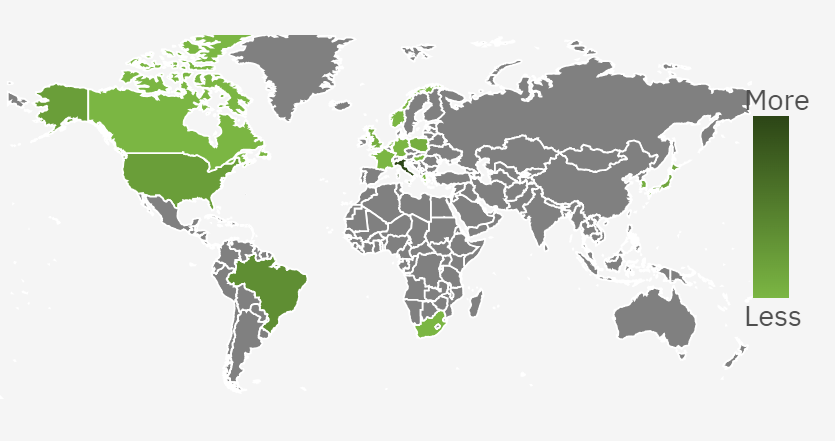 An open access journal
An open access journal
Improving Environmental Monitoring and Conservation
Abstract
This paper explores how AI-driven engineering is improving environmental monitoring and conservation efforts. Through case studies and research insights, it examines how artificial intelligence is revolutionizing traditional environmental monitoring practices, including biodiversity tracking, habitat assessment, and pollution detection. The study highlights the application of AI techniques such as remote sensing, machine learning, and data analytics in analyzing large-scale environmental datasets, identifying ecological trends, and predicting environmental risks. Additionally, it discusses the integration of AI with sensor networks, satellite imagery, and geographical information systems (GIS) to enable real-time monitoring and decision-making for conservation initiatives. The paper also addresses challenges such as data interoperability, algorithmic bias, and community engagement in the deployment of AI-driven engineering solutions in environmental conservation. It emphasizes the importance of interdisciplinary collaboration, stakeholder involvement, and policy support to leverage AI's potential in safeguarding ecosystems and biodiversity for future generations.
Share and Cite
Article Metrics
References
- Anderson, K., & Gaston, K. J. (2013). Lightweight unmanned aerial vehicles will revolutionize spatial ecology. Frontiers in Ecology and the Environment, 11(3), 138-146.
- Ferster, C. J., & Berini, J. L. (2019). A review of unmanned aerial systems for civil applications: Implications for remote sensing and environmental monitoring. Journal of Environmental Management, 232, 858-871.
- Guo, H., Hu, Y., & Liu, G. (2019). Environmental monitoring and assessment using unmanned aerial vehicles (UAVs): A review. Frontiers in Earth Science, 7, 201.
- Pettorelli, N., Safi, K., & Turner, W. (2014). Satellite remote sensing for applied ecologists: Opportunities and challenges. Journal of Applied Ecology, 51(4), 839-848.
- Wulder, M. A., & Coops, N. C. (2014). Satellites: Make Earth observations open access. Nature, 513(7517), 30-31.
- Zhang, C., Zhang, C., & Yan, G. (2018). A review of unmanned aerial vehicle-based remote sensing technology in ecological research. Ecology and Evolution, 8(7), 3497-3510.
- Zhihua, W., Zhilu, S., Yumin, T., Chong, W., Jianhua, H., & Shuqing, Z. (2016). Integrating unmanned aerial vehicle (UAV) technology and GIS in environmental monitoring and management: A review. Journal of Environmental Management, 184, 522-539.

